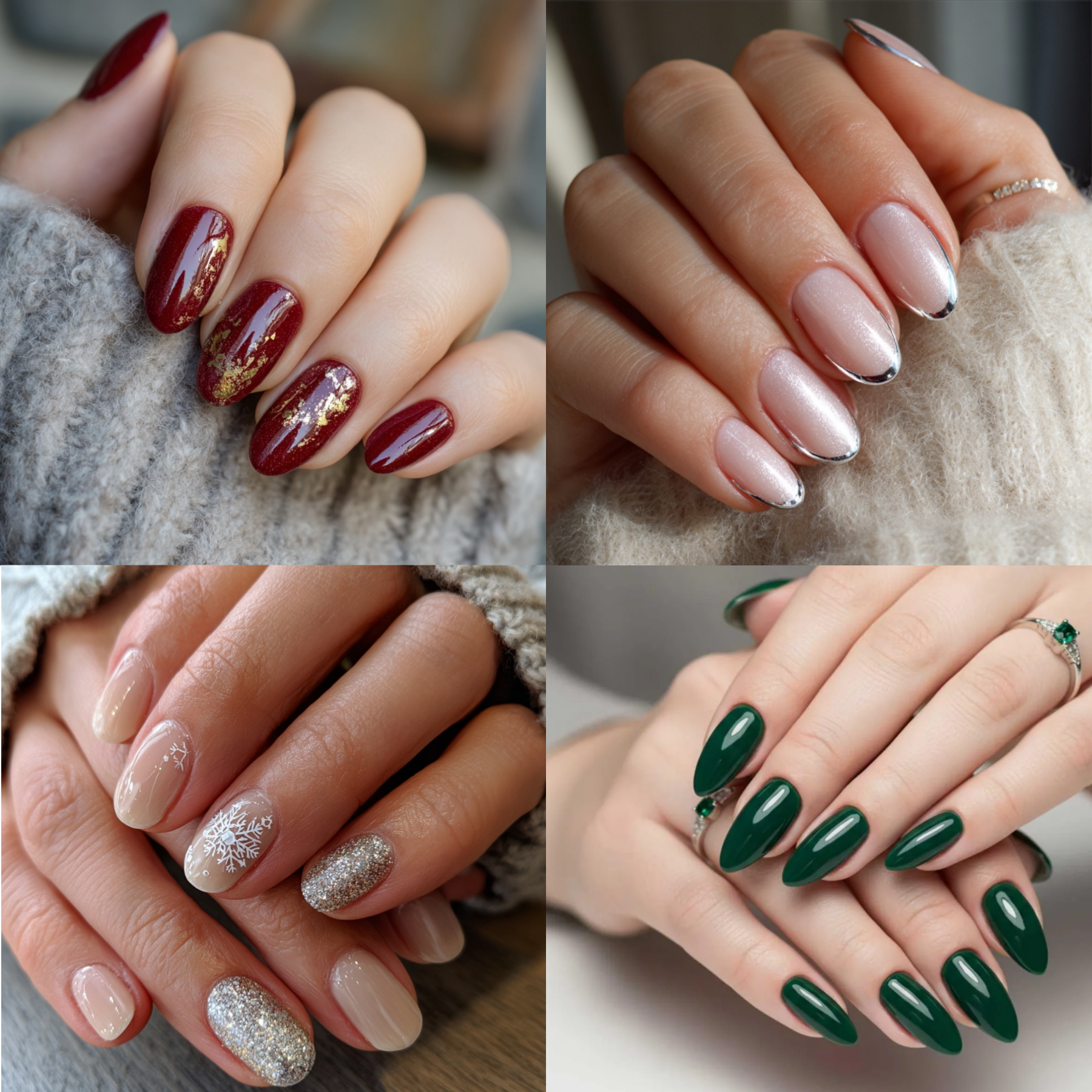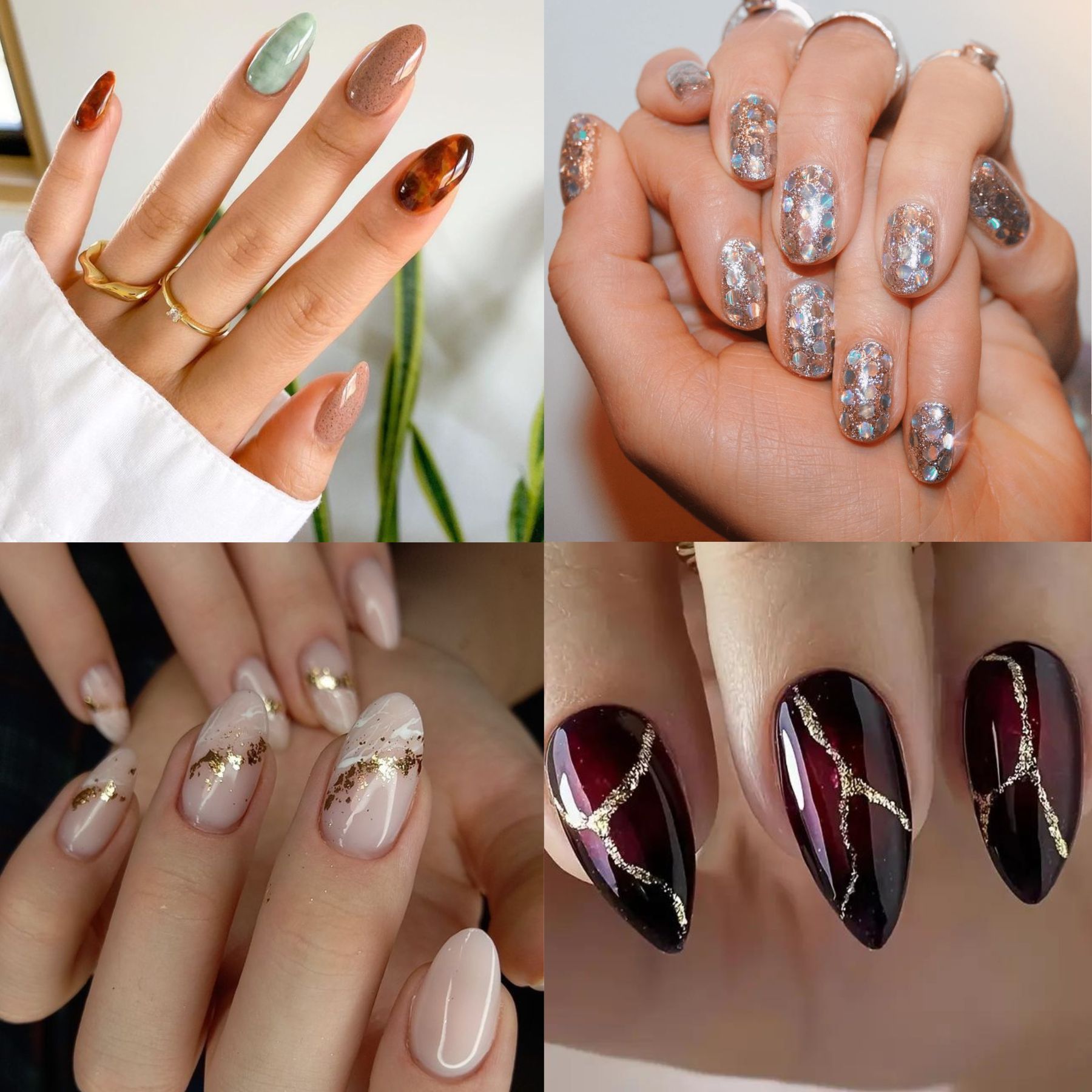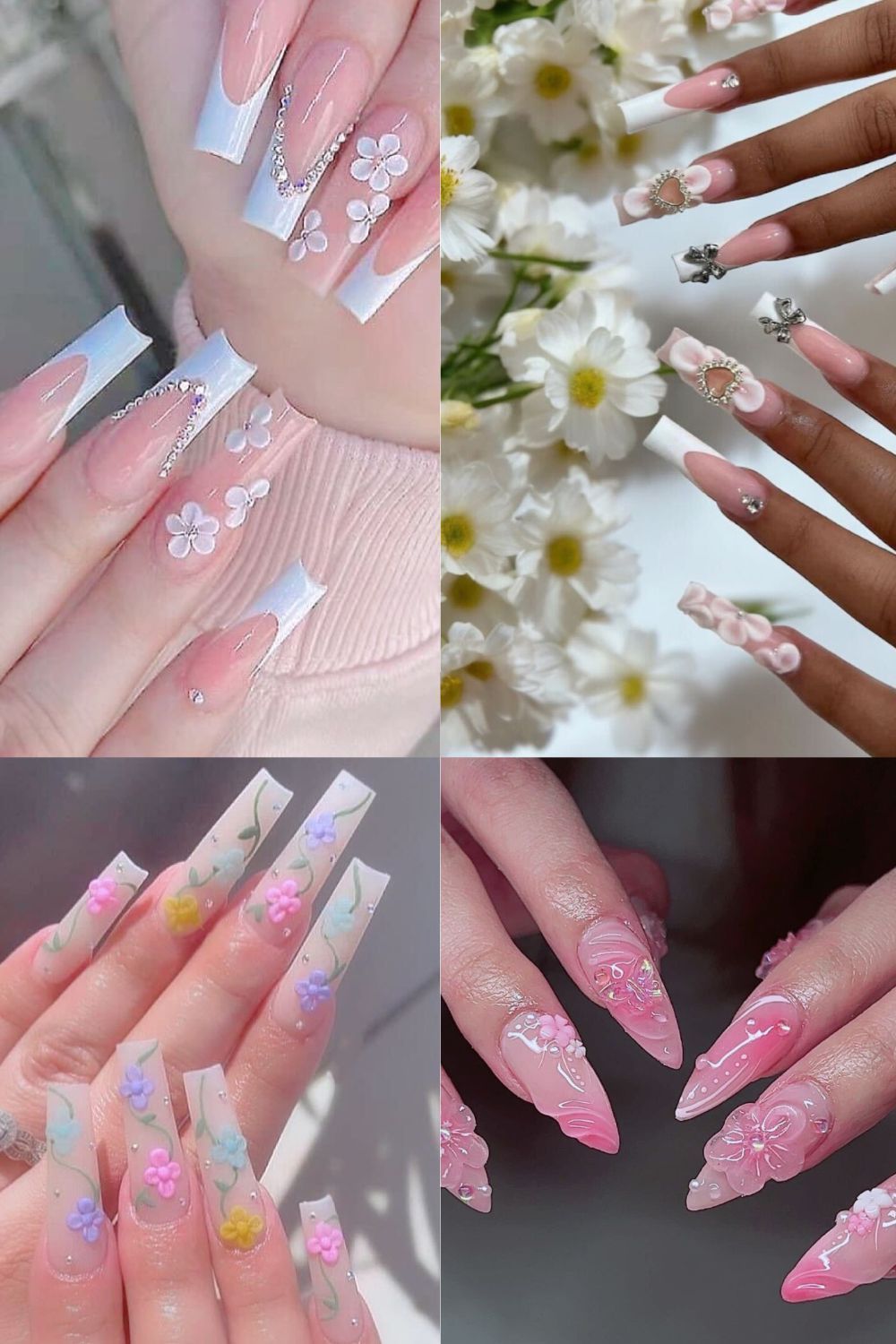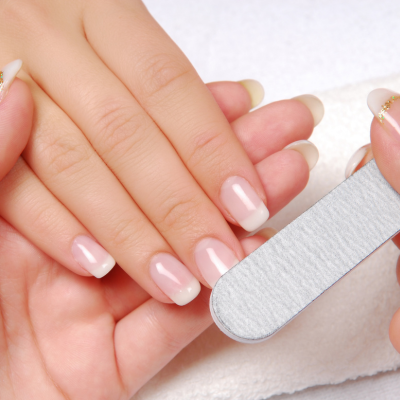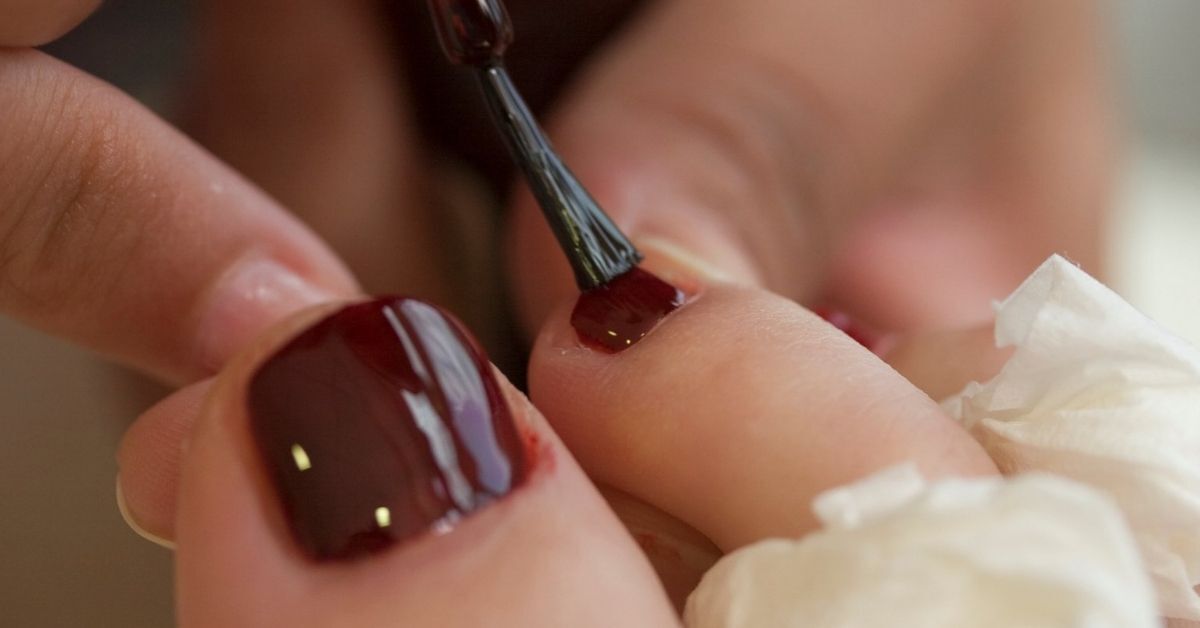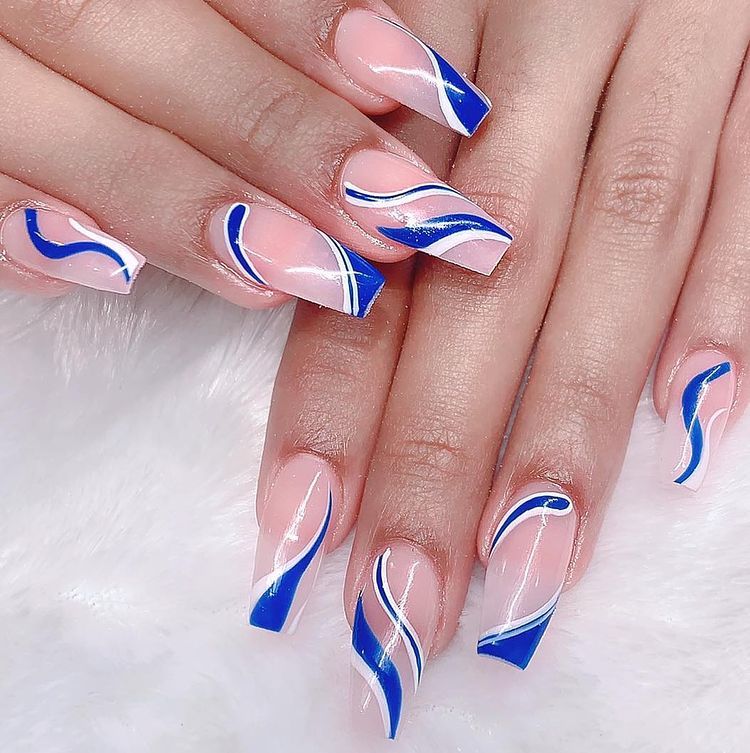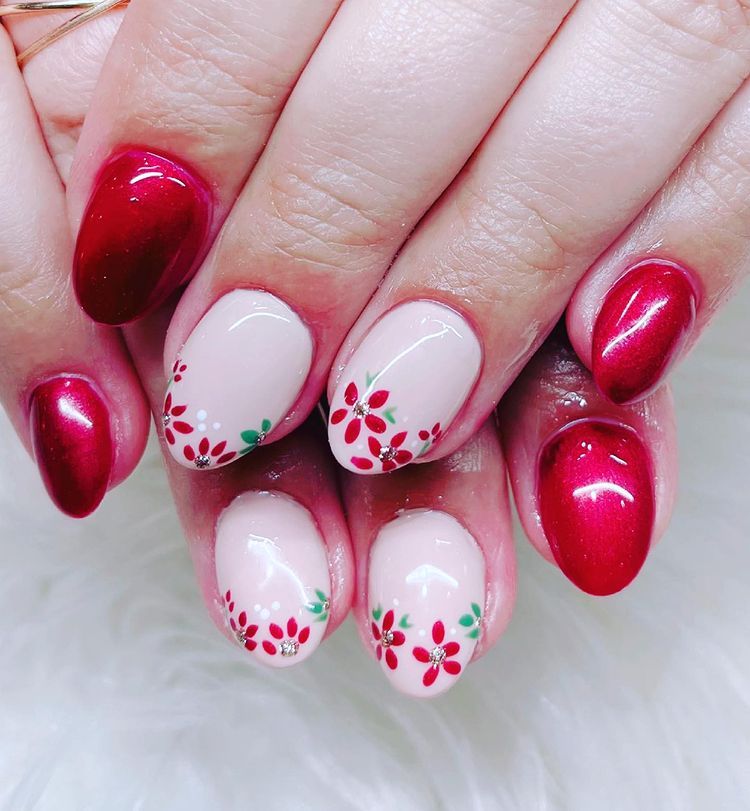Open on New Year's Day: 01/01/2026 Cozy Glow Package: Soothing 10 minute Massage - Bonus: Includes No-Polish Manicure
Nail Care: Do's & Don'ts
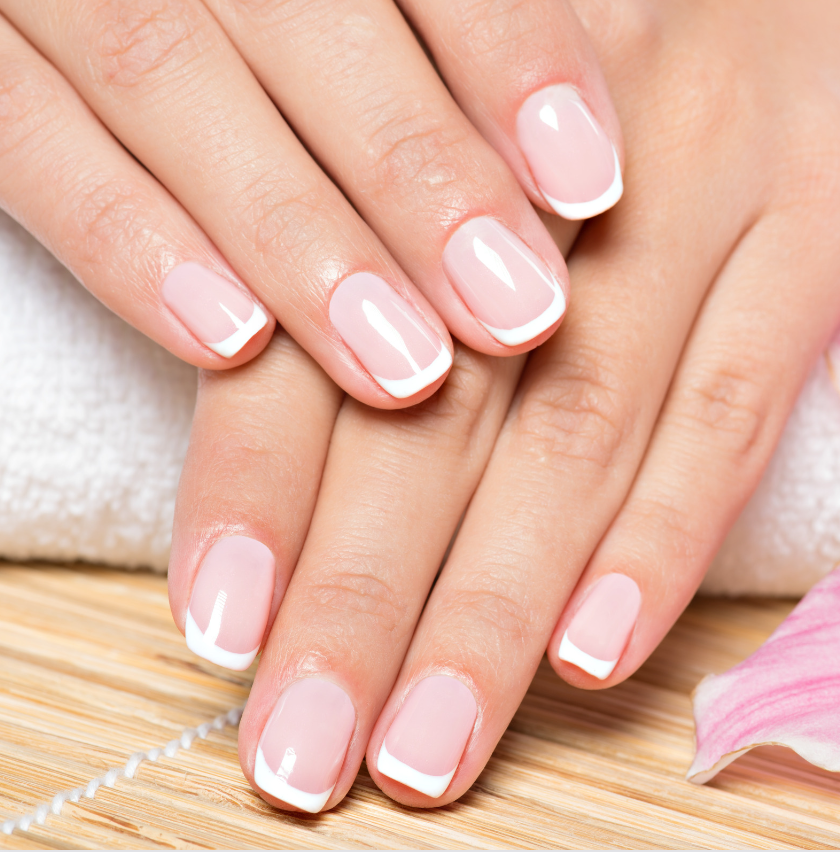
Are your nails living their best life or just getting by? Dive in below and let’s give them the star treatment they deserve.
Distinguishing the Healthy from the Not-So-Healthy
Understanding the distinction between healthy and not-so-healthy fingernails is a fundamental step in achieving strong, beautiful nails. Many women overlook signs of poor nail health, leading to prolonged damage.
Healthy Nails
- Smooth Texture: Healthy nails show a smooth texture, free of any ridges, dents, or grooves.
- Consistent Color: The hallmark of healthy nails is a consistent, pinkish hue. Any variations in color could potentially point towards underlying health concerns.
- Firm but Flexible: A key principle to remember for healthy nails is maintaining a balance between firmness and flexibility. Nails should not be too hard or too soft. Constant moisturizing and a diet high in biotin can help achieve this.
Unhealthy Nails
- Discoloration: Yellow, green, or dark streaks in the nails may signal a problem like infection or a serious condition such as melanoma.
- Ridges and Grooves: While some ridges are normal, severe or sudden changes in nail texture might indicate an underlying health issues.
- Brittleness or Chipping: Brittle, weak nails that chip easily could suggest a lack of nutrients or a hydration issue.
Remember, your nails are not just a beauty accessory. They're an accurate barometer of your health. Be vigilant and take action right away at the first sign of trouble.
Now let's go into the best practices on how to pamper your nails the right way and avoid damaging them.
Nail Care: Do's
Healthy, well-nurtured fingernails are not just an aspect of beauty; they are also a reflection of good health. By following certain guidelines and practices, you can ensure you maintain your healthy nails year round!
Keep them Clean and Dry
Hygiene is paramount in nail care. Always ensure that your nails and the skin around them are thoroughly clean and dry. This practice is not only hygienic but it also helps prevent bacterial and fungal infections, which are often linked to prolonged exposure to water and dirt.
Regular Trimming and Filing
Just as with hair, regular trimming is essential for healthy nails. Using a sharp manicure scissors or clippers, trim your nails straight across, then round the tips in a gentle curve. You also want to file your nails, as opposed to biting them. This is because biting can expose the nail bed to bacteria, leading to infections.
Moisturize
Just like the skin, your nails and cuticles need moisturizing as well. Regular application of a good hand cream or cuticle oil can help keep your nails hydrated. This can prevent nails from becoming brittle and breaking easily.
Nail Care: Don'ts
It's crucial to understand the habits that can harm the health and appearance of your nails. Check out the most common ones below!
Biting nails or picking at them
Among the most harmful habits affecting nail health, biting or picking at one's nails lands at the forefront. This not only damages the nail but also introduces bacteria and can lead to infections.
Pull Off Hangnails
Don't do it! It could tear your live tissue along with the unwanted nail piece. This can be both painful and also lead to an infection.
Using Harsh Nail Products
When possible limit your use of nail polish remover. Acetone, a powerful solvent, can strip the nails of their natural oils, leading to dry and brittle nails; therefore, an acetone-free formula is a safer choice.
Manicures & Pedicures
Passionate about your nails? So are we! Book with a salon that values genuine expertise—every artist here is state board-certified and our licensing is always current. Your nails deserve the best care.

